| | The Power of You | |
“On the other side of a storm is the strength that comes from having navigated through it. Raise your sail and begin.” ― Gregory S. Williams Welcome to the April 2020 edition of TotalWellbeing, your guide to the 8 dimensions of wellbeing. This month’s resources will be centered around the impacts of the Coronavirus crisis and resources to help you through. We will look at some general tips as well as some specific topics such as ideas for working remote, dealing with physical isolation, and managing the fear and anxiety that comes with health scares and uncertain times. Take a look at the tips below or head over to our blog where we will be constantly updating our Coronavirus related resources. As a quick update, please remember that your online portal, PersonalAdvantage, has live updates and helpful resources around current events which right now is focused on the Coronavirus. These resources include helpful information, current CDC news and recommendations, helpful and free webinars, and more. Remember you can always catch past issues of TotalWellbeing on our newsletters page. This newsletter is aimed at providing helpful information about various aspects of your wellbeing and then connecting it all back to important and relevant parts of everyday life. If you have any thoughts, questions, or content you would like to see covered here please get in contact with us. You can email us directly by clicking here. To your total wellbeing, The MINES Team Being PreparedDuring times of crisis, including the recent public health concerns about COVID-19 (Coronavirus), it is natural for our anxieties to rise. The onslaught of news, information, and misinformation can make us feel unsafe and unsure about how to protect ourselves and our loved ones. One of the best ways to manage a crisis – and the anxiety that it creates – is to have a plan. Plans provide us structure and help us feel more in control, which serves to reduce our anxieties and fears. The first step is to know the facts. What is it? The COVID-19 virus, more commonly known as Coronavirus, is a respiratory infection. The symptoms of which are similar to other respiratory illnesses, such as the flu or bronchitis, and include: fever, cough, and difficulty breathing. How is it spread? It is thought that the virus is spread from person to person through respiratory droplets produced through coughs and sneezes. These droplets can directly infect another person. Or, they could land on surfaces and be transmitted by touching the surface and then touching your face (mouth or nose specifically). We encourage you to consider the following tips as you develop a plan: Stay informed
Practice good hygiene
Prepare to work from home.
Practice Self Care
Check out this post for a complete list of tips and resources on basic preparedness and planning. Remember that Your Employee Assistance Program is here to help you and your family members manage the anxiety from health concerns such as the Coronavirus. Please call us at 1-800-873-7138 to get connected right away. Also, PersonalAdvantage has a ton of great resources and FREE webinars. | ||
| Tips for working remote With the current state of the country, many employers are switching to remote work arrangements for their employees. While this is prudent for the safety of our communities, without much notice or preparation many people must now adjust to a new way of working. For many employees, their home environments may not be set up for full-time work. Even in the best of times, working remotely can be challenging and make you feel isolated. Below are a few tips that can help make the transition easier to make.
Remember, your Employee Assistance Program is here to help you and your household members manage the stress that can come with a major transition. You can also access up-to-date information by logging into your PersonalAdvantage account here. Look for the news alert banner on the top of the page for resources including more tips and news sources with live updates. If you need additional information, please call MINES and Associates at 1-800-873-7138. | ||
Question of the MonthWhat is a self-care resolution you can make during this time of social distancing and shelter in place restrictions? What are things you can do daily in your home to support your physical and emotional wellbeing? | ||
| If you or a member of your household needs assistance or guidance on any of these wellbeing topics, please call MINES & Associates, your EAP, today for free, confidential, 24/7 assistance at 800.873.7138. | ||
This Month’s FocusFree Webinar:Birth Order: Behavioral Traits that Affect Your Life and Work MINESblog:New to TW? Check out our past Blogs! COVID-19: Working at Home with Kids COVID-19: Dealing with Isolation Important LinksContact Us | ||
 | MINES does not warrant the materials (Audio, Video, Text, Applications, or any other form of media or links) included in this communication have any connection to MINES & Associates, nor does MINES seek to endorse any entity by including these materials in this communication. MINES accepts no liability for the consequences of any actions taken on the basis of the information provided herein, nor any additional content that may be made available through any third-party site. We found them helpful, and hope you do too! | |
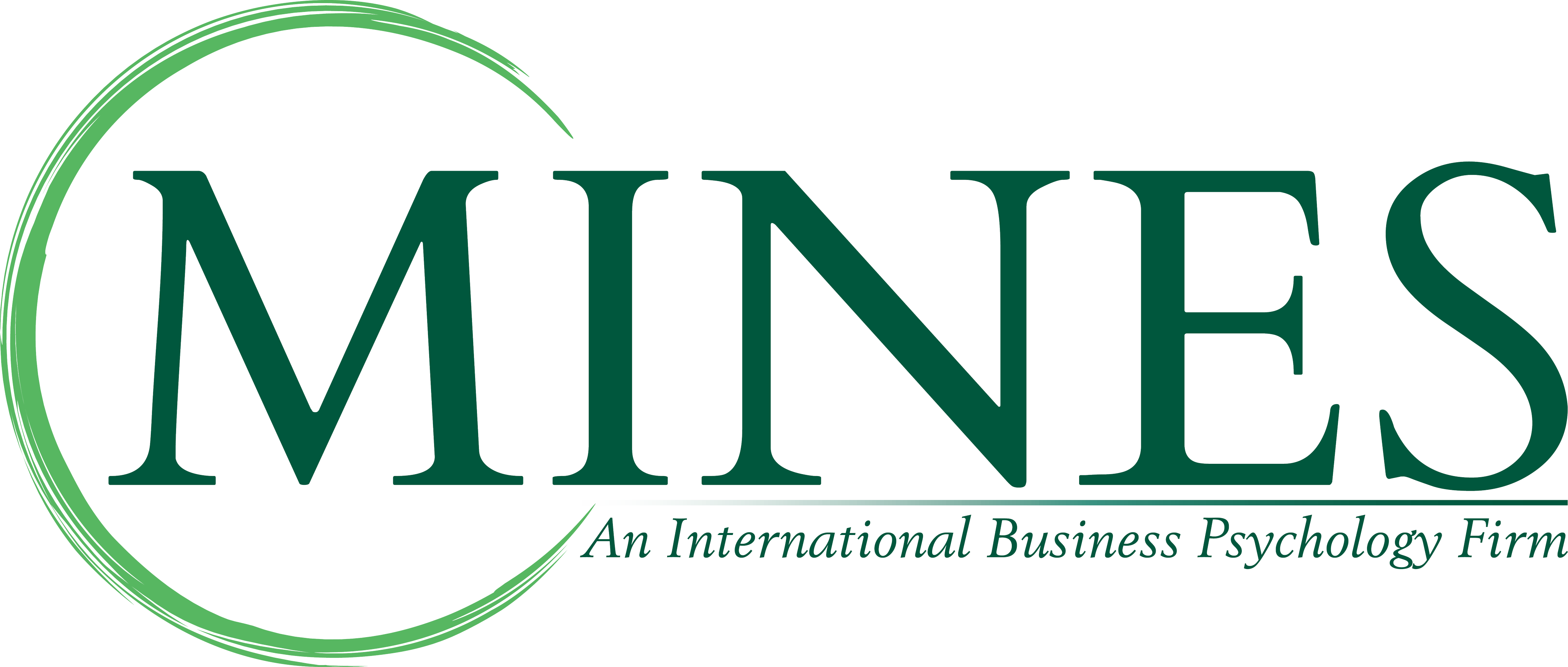


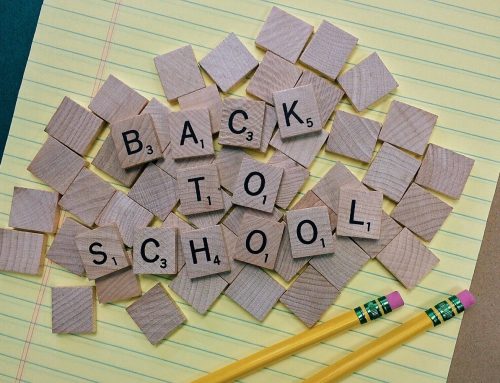
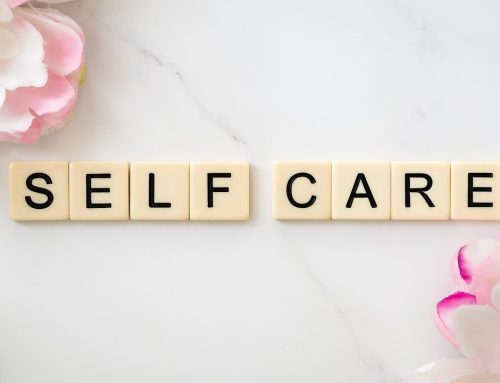


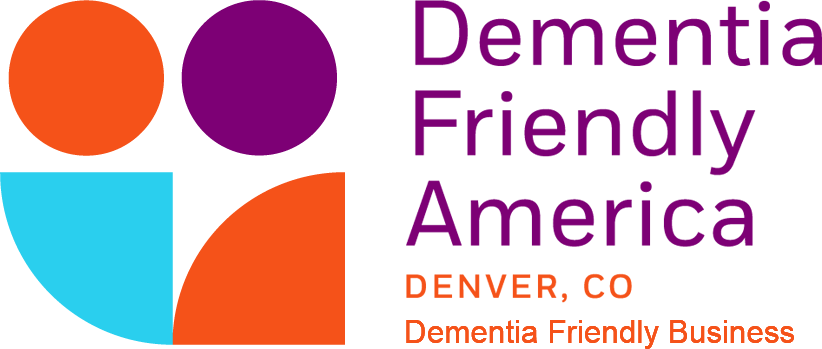

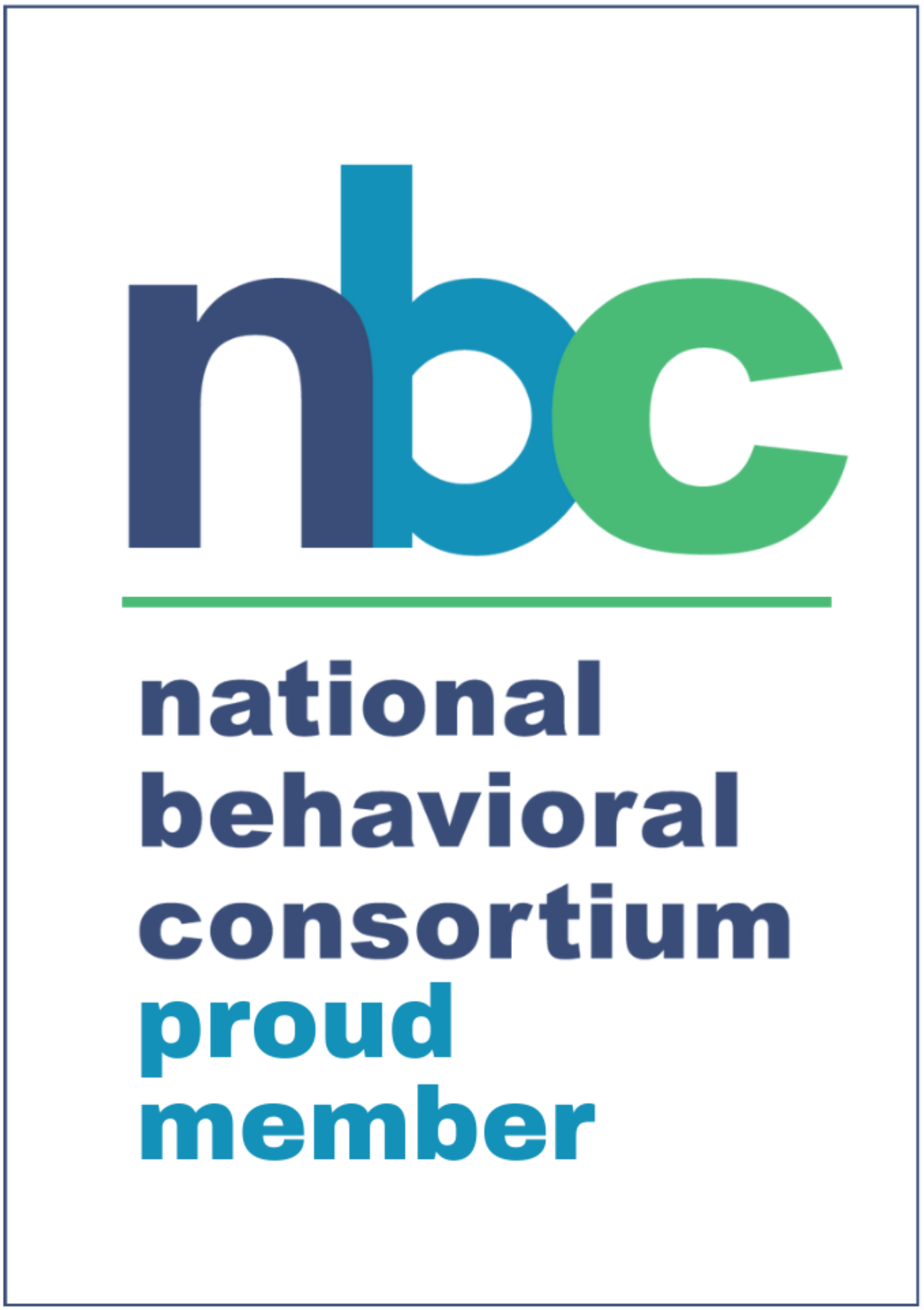
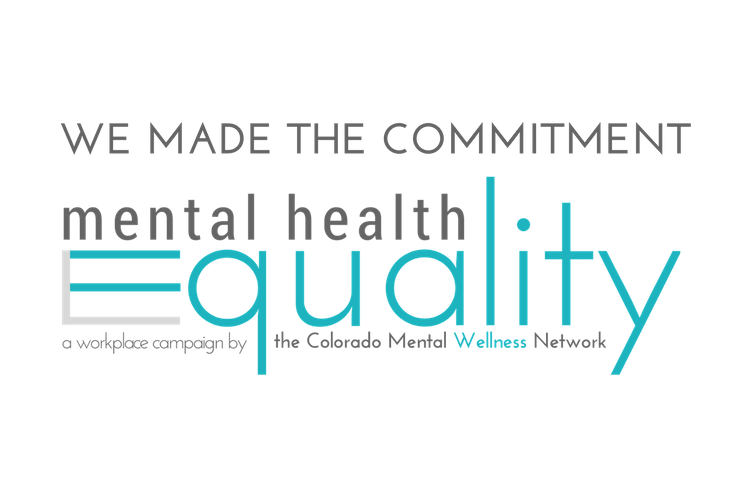

Leave A Comment